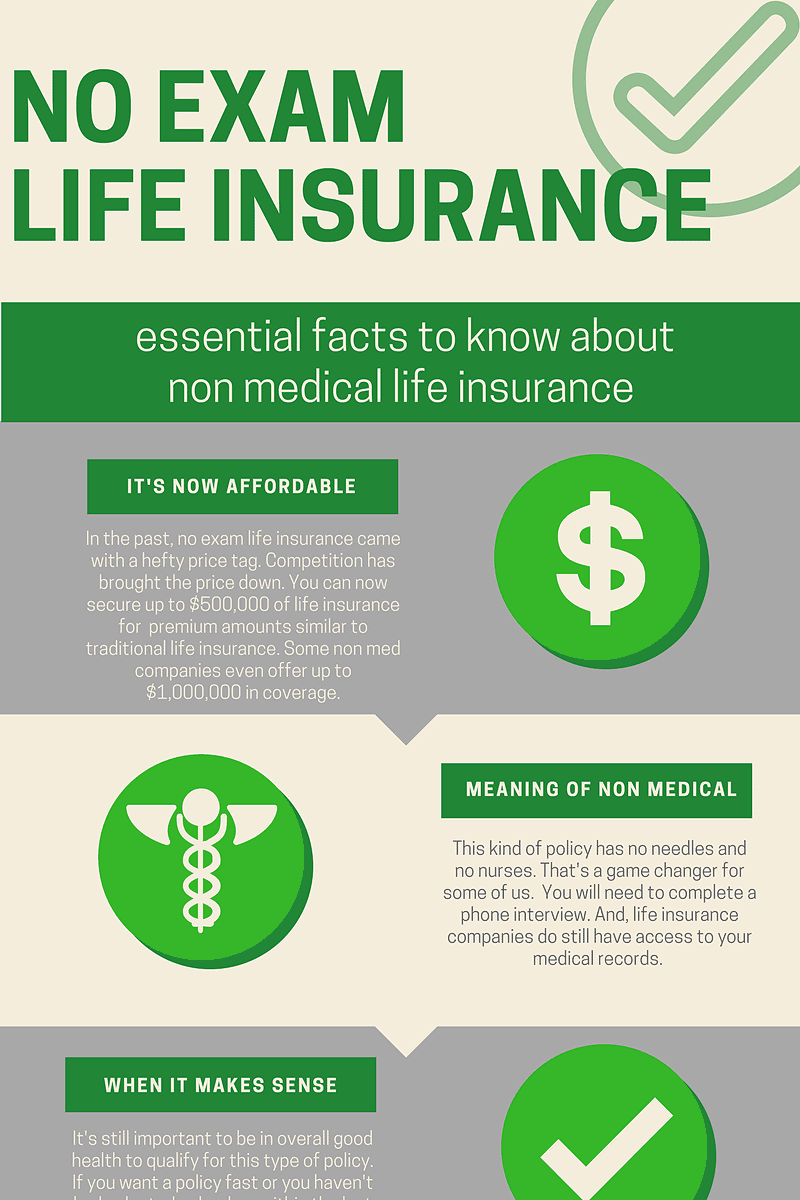Neck Injuries Caused by Car Accidents
Did you know that car accidents are a leading cause of neck injuries? It’s true! And these injuries can range from minor to severe. In this article, we’ll take a closer look at the different types of neck injuries that can be caused by car accidents, as well as the symptoms and treatment options.
Types of Neck Injuries Caused by Car Accidents
There are many different types of neck injuries that can be caused by car accidents. Some of the most common include:
- Whiplash: This is a common neck injury that occurs when the head is suddenly jerked backward and then forward. It can cause pain, stiffness, and headaches.
- Neck strain: This is another common neck injury that occurs when the muscles in the neck are stretched or torn. It can cause pain, stiffness, and difficulty moving the neck.
- Neck sprain: This is a more serious neck injury that occurs when the ligaments in the neck are stretched or torn. It can cause severe pain, stiffness, and difficulty moving the neck.
- Cervical fracture: This is a very serious neck injury that occurs when one or more of the bones in the neck are broken. It can cause paralysis and even death.
Symptoms of Neck Injuries Caused by Car Accidents
The symptoms of a neck injury caused by a car accident can vary depending on the type of injury. However, some of the most common symptoms include:
- Pain in the neck
- Stiffness in the neck
- Headaches
- Dizziness
- Nausea
- Vomiting
- Numbness or tingling in the arms or hands
- Weakness in the arms or hands
- Difficulty moving the neck
Treatment Options for Neck Injuries Caused by Car Accidents
The treatment for a neck injury caused by a car accident will depend on the type and severity of the injury. Some of the most common treatment options include:
- Rest
- Ice
- Pain medication
- Physical therapy
- Surgery
Neck Injuries From Car Accidents: A Perilous Toll
When the jarring force of a rear-end collision reverberates through the body, it can unleash a cascade of injuries, including severe damage to the delicate structures of the neck. Car accidents are a relentless source of neck trauma, leaving victims grappling with debilitating pain, mobility restrictions, and a diminished quality of life. Understanding the types, symptoms, and long-term implications of neck injuries resulting from car accidents is paramount for individuals seeking proper diagnosis, treatment, and compensation.
Types of Neck Injuries
The sudden and violent forces exerted on the neck during a car accident can manifest in a range of injuries. Whiplash, a common consequence of rear-end collisions, occurs when the head is violently jerked forward and backward, overstretching the ligaments and muscles in the neck. Neck sprains, similar to whiplash, result from the tearing or stretching of these soft tissues due to excessive force. In severe cases, car accidents can cause fractures to the vertebrae, the bones that make up the spinal column.
Whiplash, a prevalent type of neck injury sustained in car accidents, can exhibit a wide spectrum of symptoms that range from mild to debilitating. The most common manifestation of whiplash is pain, which can persist for weeks or even months after the accident. This pain may be localized to the neck or radiate down the shoulders and arms. Other symptoms of whiplash include stiffness, reduced range of motion, headaches, dizziness, and fatigue.
In more severe cases, whiplash can lead to more debilitating symptoms. These may include chronic pain, instability of the neck joints, and impingement of nerves, which can cause numbness, tingling, or weakness in the arms and hands. Treatment for whiplash typically involves pain relievers, physical therapy to restore range of motion and strengthen the neck muscles, and in severe cases, surgery may be necessary.
Neck sprains, while less common than whiplash, can also cause significant pain and discomfort. Symptoms of a neck sprain include sharp pain that worsens with movement, stiffness, muscle spasms, and reduced range of motion. Treatment for neck sprains typically includes rest, ice, and pain relievers. Physical therapy may also be recommended to help restore flexibility and strength.
Fractures of the vertebrae, though less common than whiplash and sprains, are the most serious type of neck injury that can result from a car accident. These fractures can cause severe pain, instability of the neck, and damage to the spinal cord. Treatment for vertebral fractures typically involves immobilization of the neck, pain relievers, and in severe cases, surgery may be necessary to stabilize the spine and prevent further damage.
Neck Injuries Caused By Car Accidents: A Comprehensive Guide
Car accidents are a leading cause of neck injuries, which can range from minor strains to serious, life-threatening conditions. The force of a collision can jolt the head and neck, causing damage to the muscles, ligaments, tendons, and bones in the cervical spine. Neck injuries can be debilitating, causing pain, stiffness, and other symptoms that can significantly impact daily life.
Symptoms of Neck Injuries
The symptoms of a neck injury can vary depending on the severity of the injury. Common symptoms include:
- Pain and stiffness in the neck
- Headaches
- Dizziness
- Numbness or weakness in the arms or hands
- Difficulty concentrating
- Fatigue
- Tinnitus (ringing in the ears)
If you experience any of these symptoms after a car accident, it is important to seek medical attention as soon as possible. Early diagnosis and treatment can help prevent further damage and improve the chances of a full recovery.
Diagnosis and Treatment
Diagnosing a neck injury typically involves a physical examination and a review of the patient’s medical history. The doctor may also order imaging tests, such as an X-ray, CT scan, or MRI, to get a more detailed look at the injury. Treatment for neck injuries varies depending on the severity of the injury. Minor injuries may be treated with conservative measures, such as rest, ice, and pain relievers. More serious injuries may require surgery.
Rehabilitation
Rehabilitation is an important part of the recovery process for neck injuries. Physical therapy can help strengthen the muscles and improve range of motion in the neck. Occupational therapy can help patients learn how to perform everyday activities without pain or discomfort. Rehabilitation can take time, but it can significantly improve the quality of life for people with neck injuries.
Preventing Neck Injuries in Car Accidents
There are a number of things you can do to reduce your risk of a neck injury in a car accident, including:
- Wear your seatbelt every time you drive or ride in a car.
- Adjust your headrest so that it supports your head and neck.
- Avoid driving while intoxicated.
- Be aware of your surroundings and drive defensively.
By following these tips, you can help protect yourself from neck injuries and other serious injuries in the event of a car accident.
Neck Injuries From Car Accidents: A Hidden Danger
Whiplash occurs when the sudden force of a car accident causes your head to jerk back and forth, straining the ligaments, muscles, and tendons in your neck. It’s one of the most common injuries in car accidents, and it can lead to a variety of symptoms, including neck pain, headaches, dizziness, and fatigue. But whiplash isn’t the only neck injury that can happen in a car accident. In fact, any type of impact or collision can cause neck injuries, from a minor strain to a serious spinal cord injury.
Symptoms of Neck Injuries
The symptoms of neck injuries depend on the severity of the injury. Minor neck injuries may only cause temporary, mild pain. More serious injuries can cause severe pain, disability, and even paralysis. Common symptoms of neck injuries include:
- Neck pain
- Headaches
- Dizziness
- Numbness or tingling in the arms or hands
- Weakness in the arms or hands
- Loss of range of motion in the neck
- Difficulty swallowing
- Pain that radiates down the back or into the shoulders
Diagnosis of Neck Injuries
Diagnosis of neck injuries involves a physical examination, medical history, and imaging tests. Your doctor will ask you about your symptoms and how they started. They will also perform a physical exam to check for range of motion, tenderness, and other signs of injury. Imaging tests, such as X-rays or MRIs, may be ordered to rule out more serious injuries, such as a fracture or spinal cord injury.
Treatment of Neck Injuries
Treatment for neck injuries depends on the severity of the injury. Minor neck injuries may only require rest and over-the-counter pain relievers. More serious injuries may require medical treatment, such as physical therapy, chiropractic care, or surgery. In some cases, neck injuries may cause permanent disability. If you have been in a car accident and are experiencing neck pain, it’s important to see a doctor right away to get a proper diagnosis and treatment plan.
Preventing Neck Injuries
There are a few things you can do to help prevent neck injuries in a car accident. First, always wear your seatbelt. Seatbelts help to keep you in place during an accident, which can reduce the risk of neck injuries. Second, adjust your headrest so that it supports your head and neck. Third, avoid driving while tired or distracted. Being tired or distracted can make you more likely to get into an accident, which can increase your risk of neck injuries.
Neck Injuries Caused by Car Accidents: A Guide to Symptoms, Treatment, and Prevention
Neck injuries are a common consequence of car accidents, often resulting from the sudden force and impact that jolts the head and neck backward and forward. These injuries can range in severity, from minor strains to serious fractures and dislocations. Understanding the symptoms, treatment options, and preventive measures associated with neck injuries is crucial for ensuring prompt and effective care.
Symptoms of Neck Injuries
Following a car accident, it’s essential to be aware of potential neck injuries. Common symptoms include pain, stiffness, and limited range of motion in the neck. Headaches, dizziness, and tingling or numbness in the arms and hands may also indicate a neck injury. If any of these symptoms persist or worsen, it’s important to seek medical attention promptly.
Treatment of Neck Injuries
Treatment options for neck injuries vary depending on the severity of the injury. Minor strains and sprains may require rest, ice, and pain medication. More severe injuries, such as fractures or dislocations, may necessitate immobilization, physical therapy, or even surgery. In some cases, chiropractic adjustments can also provide relief from neck pain.
Rehabilitation and Recovery
After receiving treatment, rehabilitation is crucial for regaining full range of motion and function in the neck. Physical therapy plays a vital role in strengthening the muscles and improving flexibility. It’s important to follow the rehabilitation plan diligently to ensure optimal recovery. Patience and perseverance are key during this phase, as healing from a neck injury can take time.
Preventive Measures
To reduce the risk of neck injuries in car accidents, it’s essential to buckle up every time you get behind the wheel. Maintaining a safe driving speed and avoiding distractions can also minimize the chances of a collision. Additionally, proper headrest adjustment in your vehicle helps support your head and neck in the event of an impact.
Neck Injuries Caused by Car Accidents: A Guide to Prevention, Signs, and Recovery
Car accidents are a leading cause of neck injuries, which can range from minor sprains to severe fractures. The sudden impact of a collision can cause the head to jerk violently, putting tremendous stress on the neck muscles, ligaments, and vertebrae. The result can be debilitating pain, stiffness, and mobility limitations.
Preventing Neck Injuries
Taking preventive measures can significantly reduce your risk of neck injuries in car accidents:
-
Use headrests correctly: Adjust the headrest so that its top is level with the top of your head. This provides support for the back of your head and neck in the event of a rear-end collision, reducing the risk of whiplash.
-
Maintain a safe following distance: Leave enough space between your vehicle and the one in front of you to avoid rear-end collisions. This gives you time to react and brake safely.
-
Wear a seatbelt: A seatbelt keeps you in place during an accident, preventing the uncontrolled movement of your body that can cause neck injuries.
-
Avoid distractions: Distracted driving increases your risk of accidents. Stay focused on the road to give yourself ample time to react to potential hazards.
-
Get regular checkups: Regular medical checkups can help identify underlying health conditions that may increase your risk of neck injuries, such as arthritis or osteoporosis.
-
Strengthen your neck muscles: Exercises that strengthen the neck muscles can help provide support and stability, reducing the likelihood of injuries during an accident.
Signs and Symptoms of Neck Injuries
The signs and symptoms of neck injuries caused by car accidents can vary greatly, depending on the severity of the injury:
- Pain: The most common symptom is pain, which can vary from mild discomfort to severe, debilitating pain.
- Stiffness: The neck may feel stiff and difficult to move, especially when turning or tilting the head.
- Headaches: Neck injuries often cause headaches, which may be accompanied by dizziness or nausea.
- Muscle spasms: The muscles around the neck may spasm, causing pain and difficulty moving.
- Numbness or tingling: If the injury involves nerve damage, you may experience numbness or tingling in your arms or hands.
- Difficulty concentrating: Some neck injuries can interfere with the flow of blood to the brain, causing difficulty concentrating, fatigue, and memory issues.
Recovery from Neck Injuries
The recovery time for neck injuries varies depending on the severity of the injury. Minor injuries may resolve within a few days or weeks, while more severe injuries may require extensive treatment and rehabilitation. Treatment may include:
- Rest: Resting the neck can help reduce pain and inflammation.
- Ice packs: Applying ice packs to the neck can help reduce swelling.
- Pain relievers: Over-the-counter pain relievers can help manage pain.
- Physical therapy: Physical therapy can help strengthen the neck muscles, improve range of motion, and reduce pain.
- Injections: In some cases, injections of steroids or other medications may be used to reduce pain and inflammation.
- Surgery: In rare cases, surgery may be necessary to repair severe neck injuries.




Leave a Reply